Melbourne’s NGV Triennial presents a radical design re-think
Combining design ingenuity with scientific research, these global designers have created new materials and methods that can change the way we build our architectures and produce our objects, and through their project they raise awareness towards global ecological issues
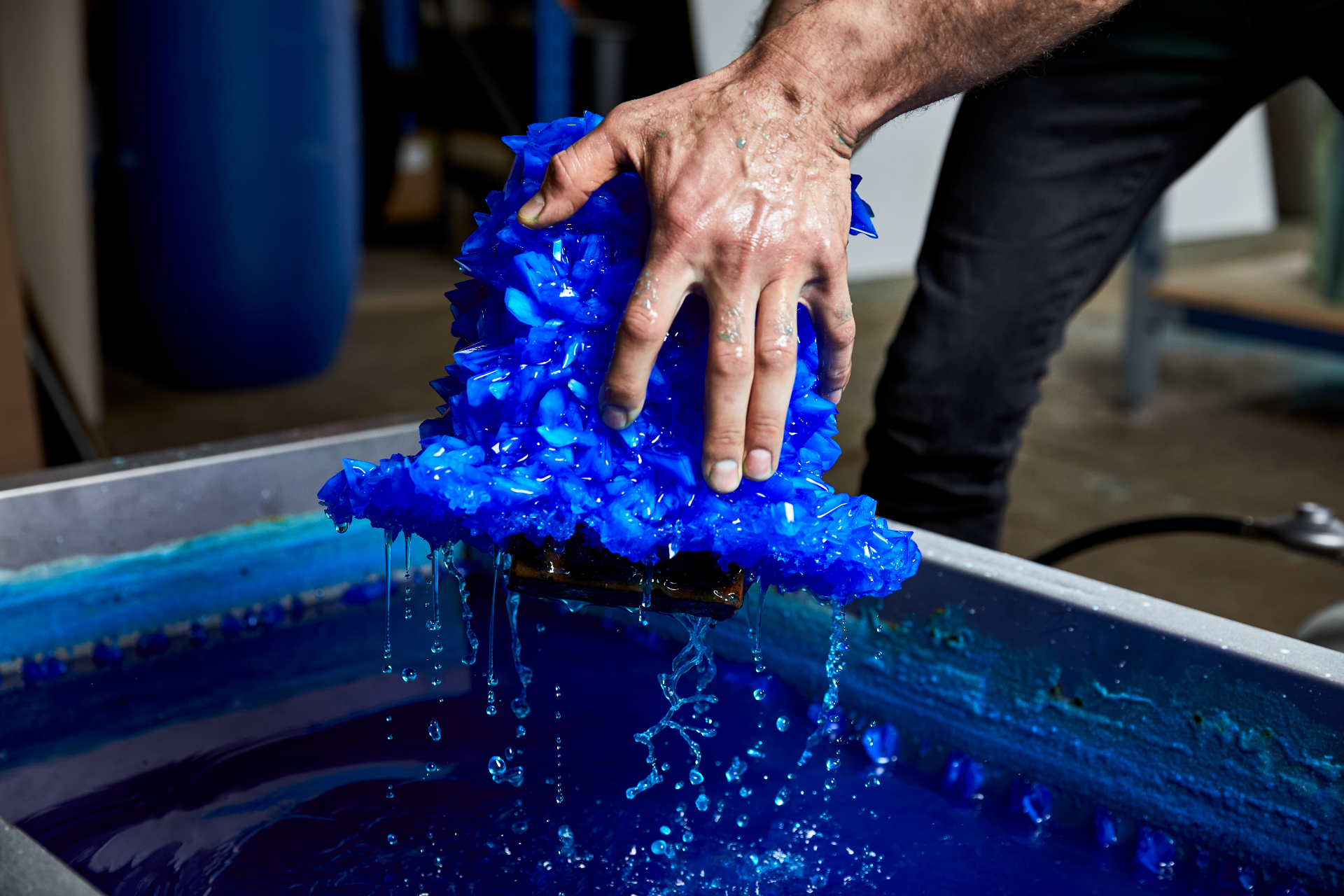
The National Gallery of Victoria unveils its second Triennial, with a programme featuring over 100 artists and designers from 30 countries. Offering a thought-provoking view of this unique global moment, the Triennial will touch upon themes of artificial intelligence, sustainability, ecology, and diversity in the arts.
As part of the Triennial’s exhibitions and commissions, a group of global designers have been rethinking human-centric design, developing new ways of creating and harvesting materials, and made encouraging steps towards a radical re-think of our production methods and a more sustainable design.
Erez Nevi Pana
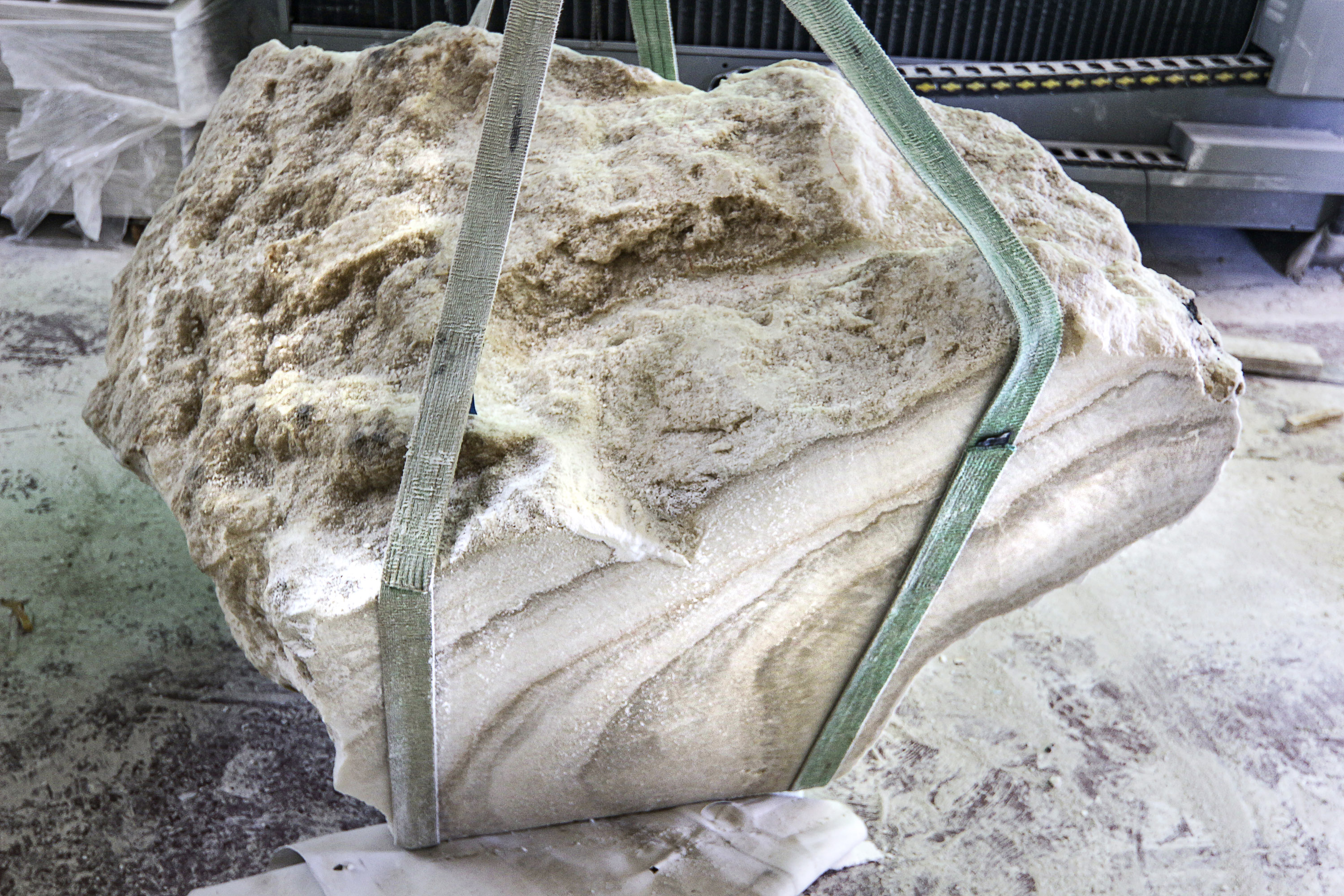
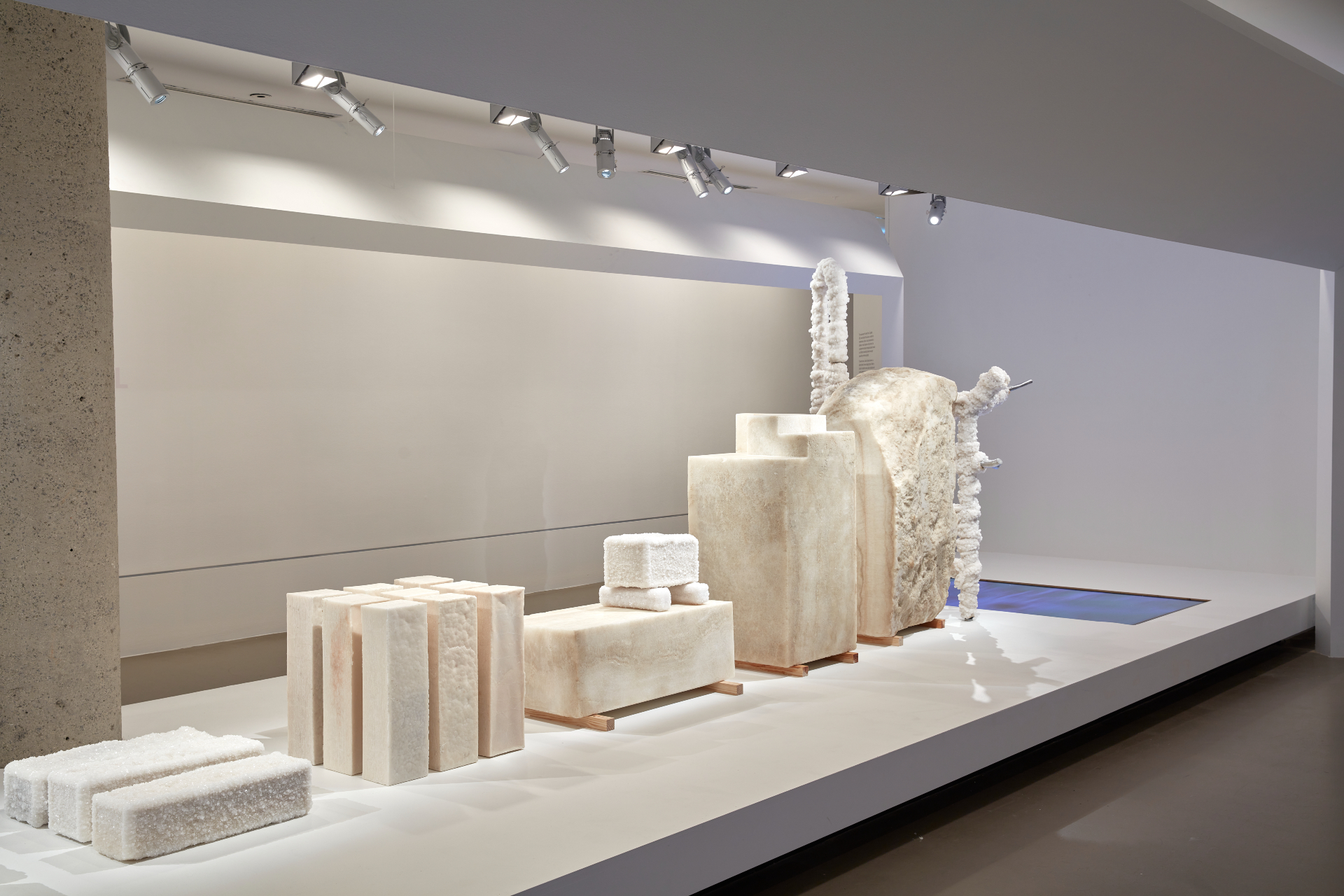
Installation view of Pirjo Haikola’s Urchin Corals, on display in Melbourne as part of the NGV Triennial.
Through her work, Finnish-born Pirjo Haikola aims to ‘expand the role and agency of design’, combining her expertise as a designer, researcher and scuba instructor. These apparently different worlds collide in her work, and her project Urchin Corals is a fitting example of her creative thinking. The project is defined by a landscape of 3D-printed structures, created from a new material made of sea urchin shells and spikes. Because seaweed competes with corals in reef restoration projects, this new material, Haikola explains, has proven to offer an advantage to coral, resulting in measurable reductions in the growth of seaweed underwater. Her material is currently going through a testing process for wider coral restorations applications.
Pirjo Haikola
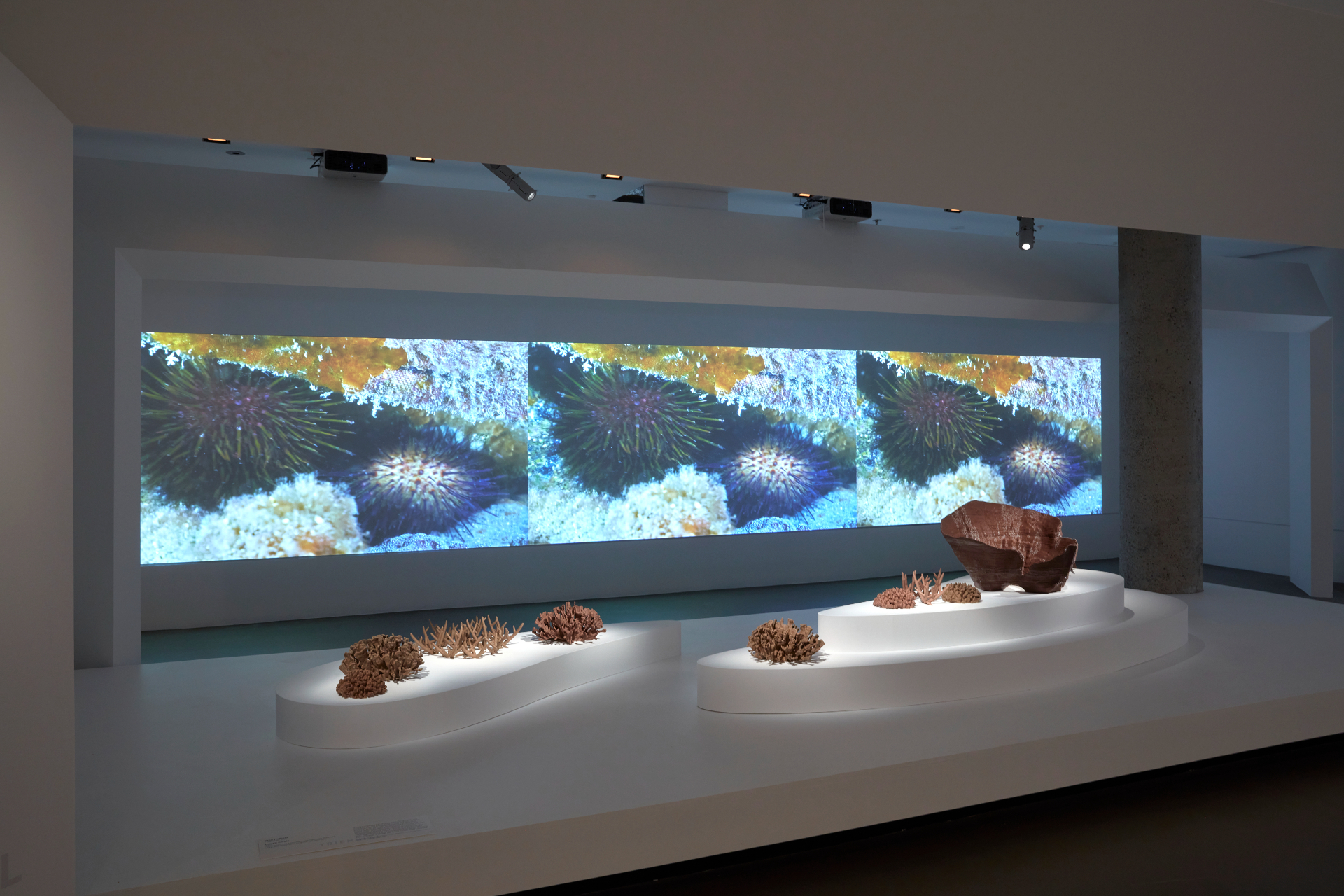
nstallation view of Pirjo Haikola’s Urchin Corals, on display in Melbourne as part of the NGV Triennial.
Elliot Bastianon
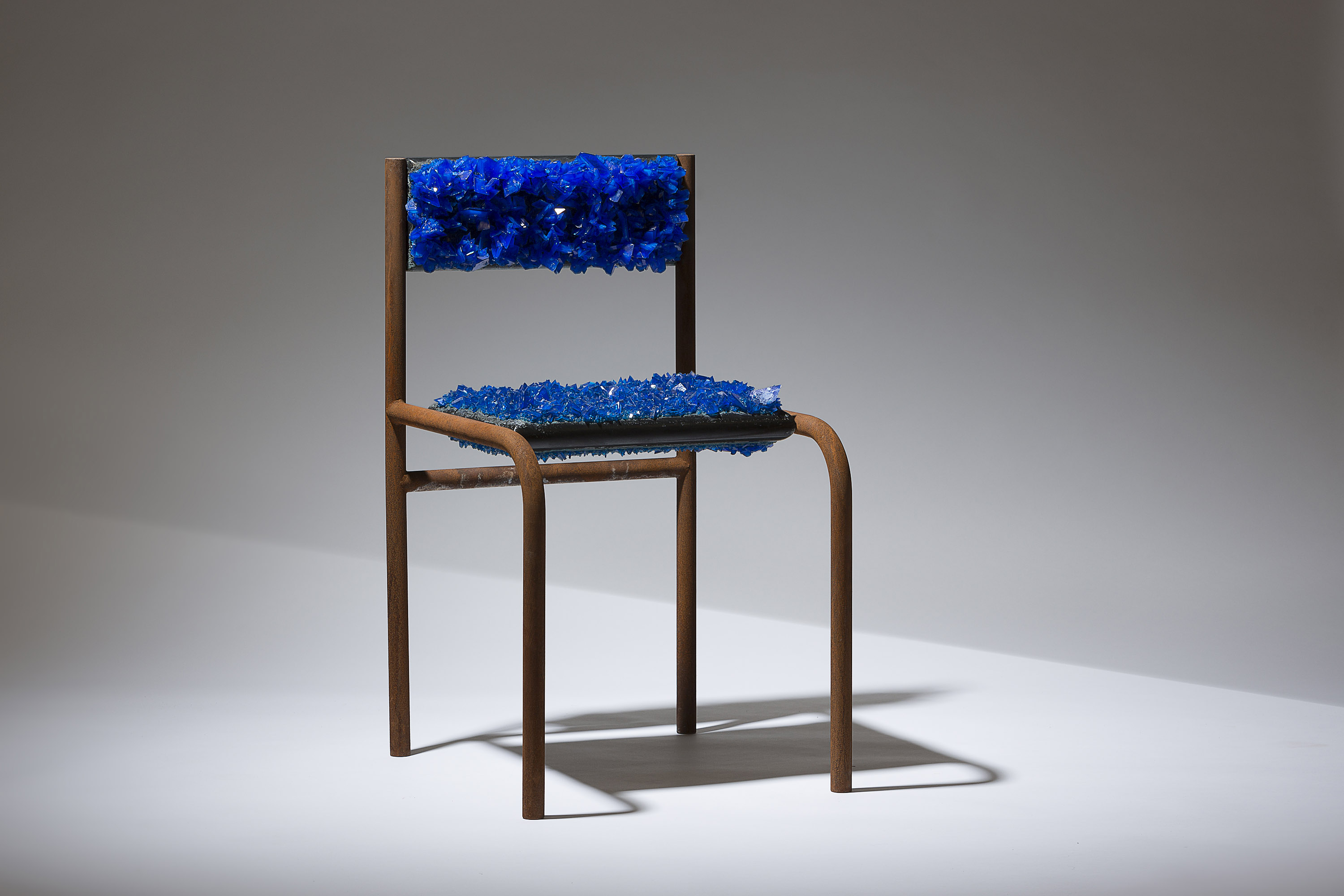
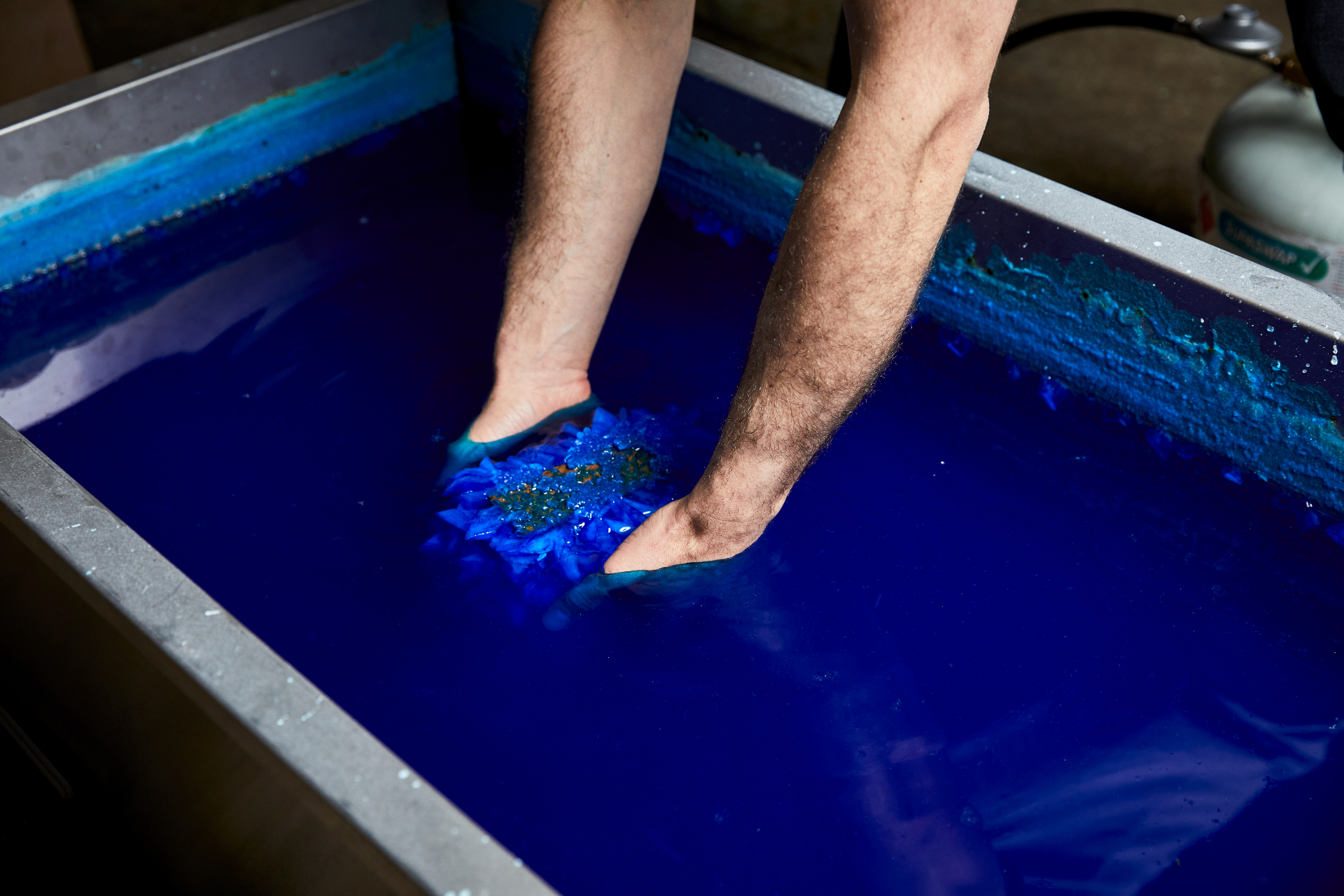
Australian designer Elliot Bastianon’s work explores the relationship between science, nature and everyday objects and places. Growth Sites is an ongoing research project on ordinary chemicals and materials, which the designer uses to create domestic furniture and objects. These pieces, he notes, are part of a ‘speculative design project that looks to systems and processes found in nature to communicate ideas of order, disorder and entropy.’ Bastianon’s design process includes sumberging steel and concrete into a copper sulphate bath, to encourage the creation of distinctive blue crystal growths. Making the objects impractical to use, the addition of the crystal is a reminder of nature’s ability to colonise, adapt and create and an encouragement to re-think the relationship between humans and natural systems.
Talin Hazbar
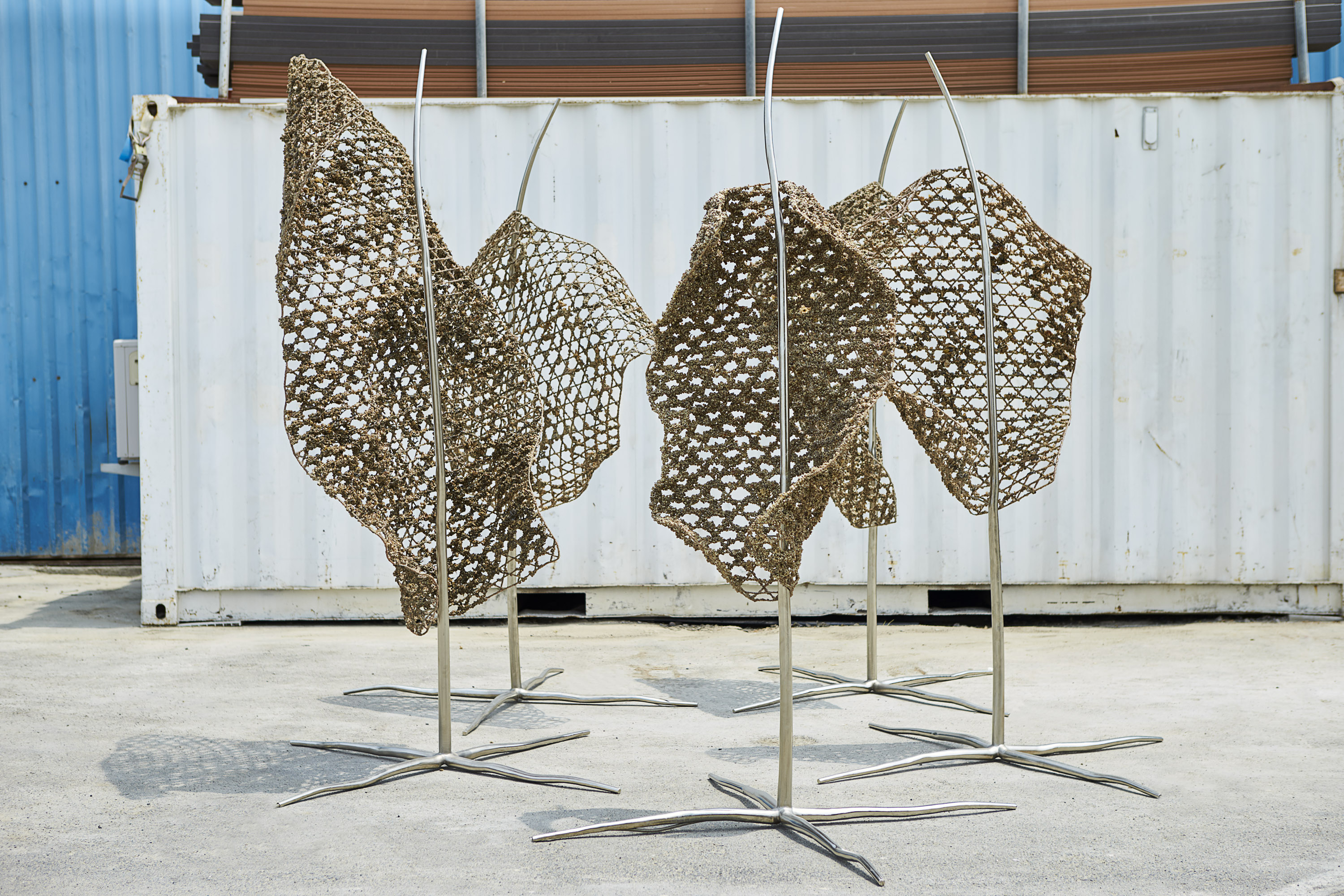
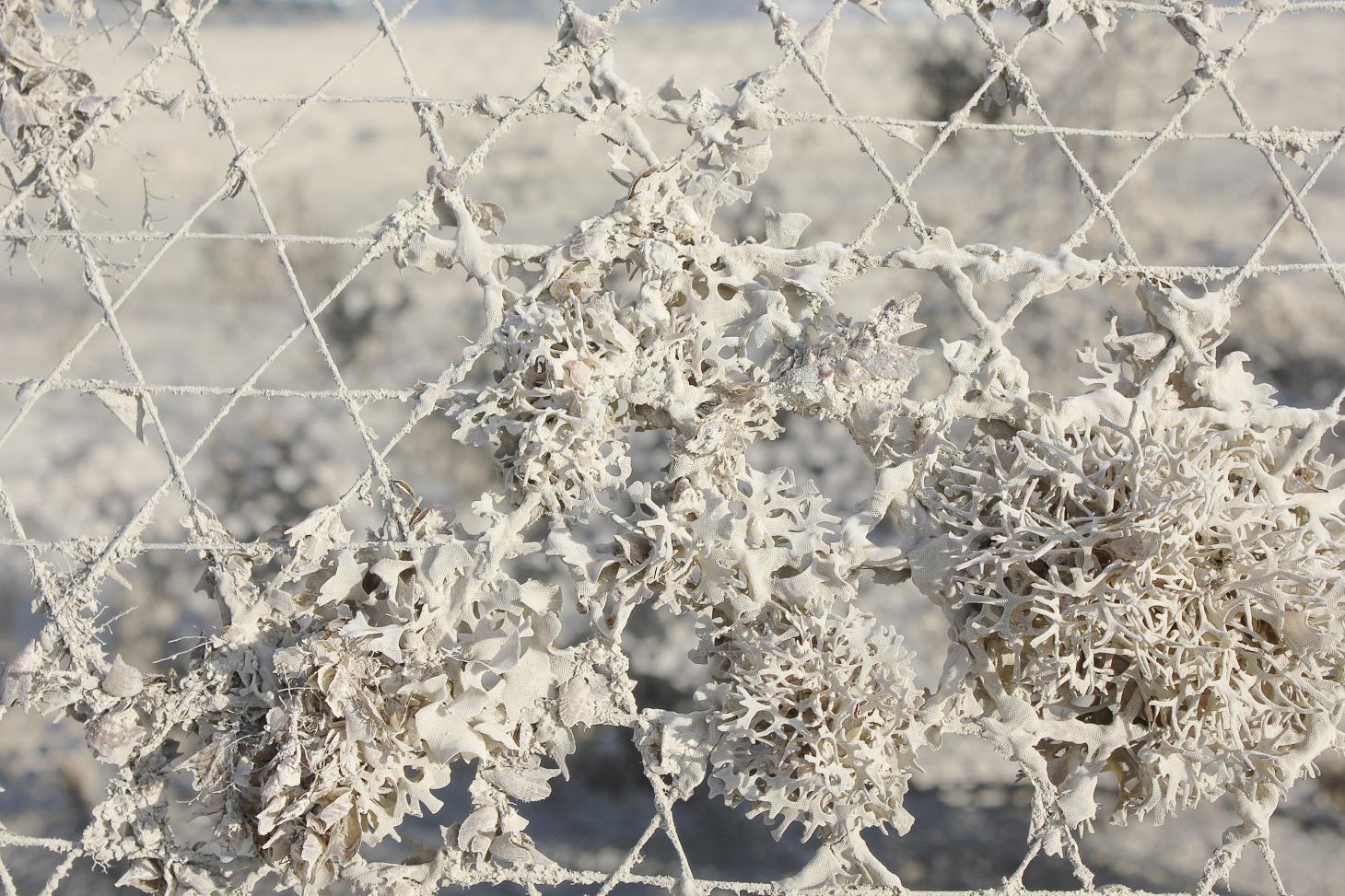
Syria-born Talin Hazbar grew her project, Accretions, in the waters off the coast of Dubai. Through her work, the designer traditionally challenges common notions of nature and its systems, and Accretions builds on this theme. The designers’ ongoing research into ocean life resulted in a collaboration with the sea, using its common calcium accumulation and accretion. To create her pieces, Hazbar submerges hand-forged steel armatures into water, thus encouraging the growth of molluscs, crustaceans and corals onto the netted structures. The results are often surprising: ‘I start questioning the idea of control vs. uncontrolled processes. Where we try to control the process and be conscious of what we want to achieve but always reach a certain state where things naturally fall, and take a different path. Natural behaviour takes over and controls what we initially wanted to control,’ she says.
INFORMATION
Receive our daily digest of inspiration, escapism and design stories from around the world direct to your inbox.
The NGV Triennial runs until 18 April 2021. For more information, visit ngv.vic.gov.au
ereznevipana.com
elliotbastianon.com
pirjohaikola.com
talin-hazbar.com
ADDRESS
NGV International
St Kilda Road
Melbourne
Australia
Rosa Bertoli was born in Udine, Italy, and now lives in London. Since 2014, she has been the Design Editor of Wallpaper*, where she oversees design content for the print and online editions, as well as special editorial projects. Through her role at Wallpaper*, she has written extensively about all areas of design. Rosa has been speaker and moderator for various design talks and conferences including London Craft Week, Maison & Objet, The Italian Cultural Institute (London), Clippings, Zaha Hadid Design, Kartell and Frieze Art Fair. Rosa has been on judging panels for the Chart Architecture Award, the Dutch Design Awards and the DesignGuild Marks. She has written for numerous English and Italian language publications, and worked as a content and communication consultant for fashion and design brands.
-
 The Bombardier Global 8000 flies faster and higher to make the most of your time in the air
The Bombardier Global 8000 flies faster and higher to make the most of your time in the airA wellness machine with wings: Bombardier’s new Global 8000 isn’t quite a spa in the sky, but the Canadian manufacturer reckons its flagship business jet will give your health a boost
-
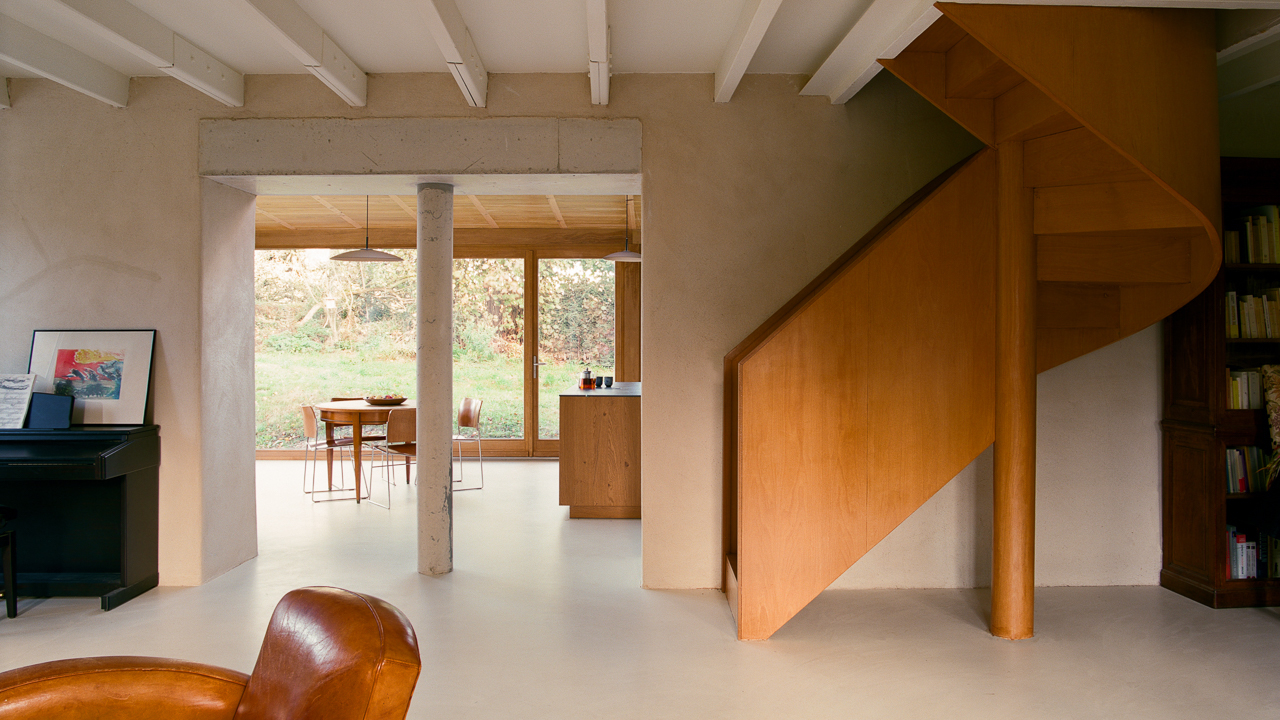 A former fisherman’s cottage in Brittany is transformed by a new timber extension
A former fisherman’s cottage in Brittany is transformed by a new timber extensionParis-based architects A-platz have woven new elements into the stone fabric of this traditional Breton cottage
-
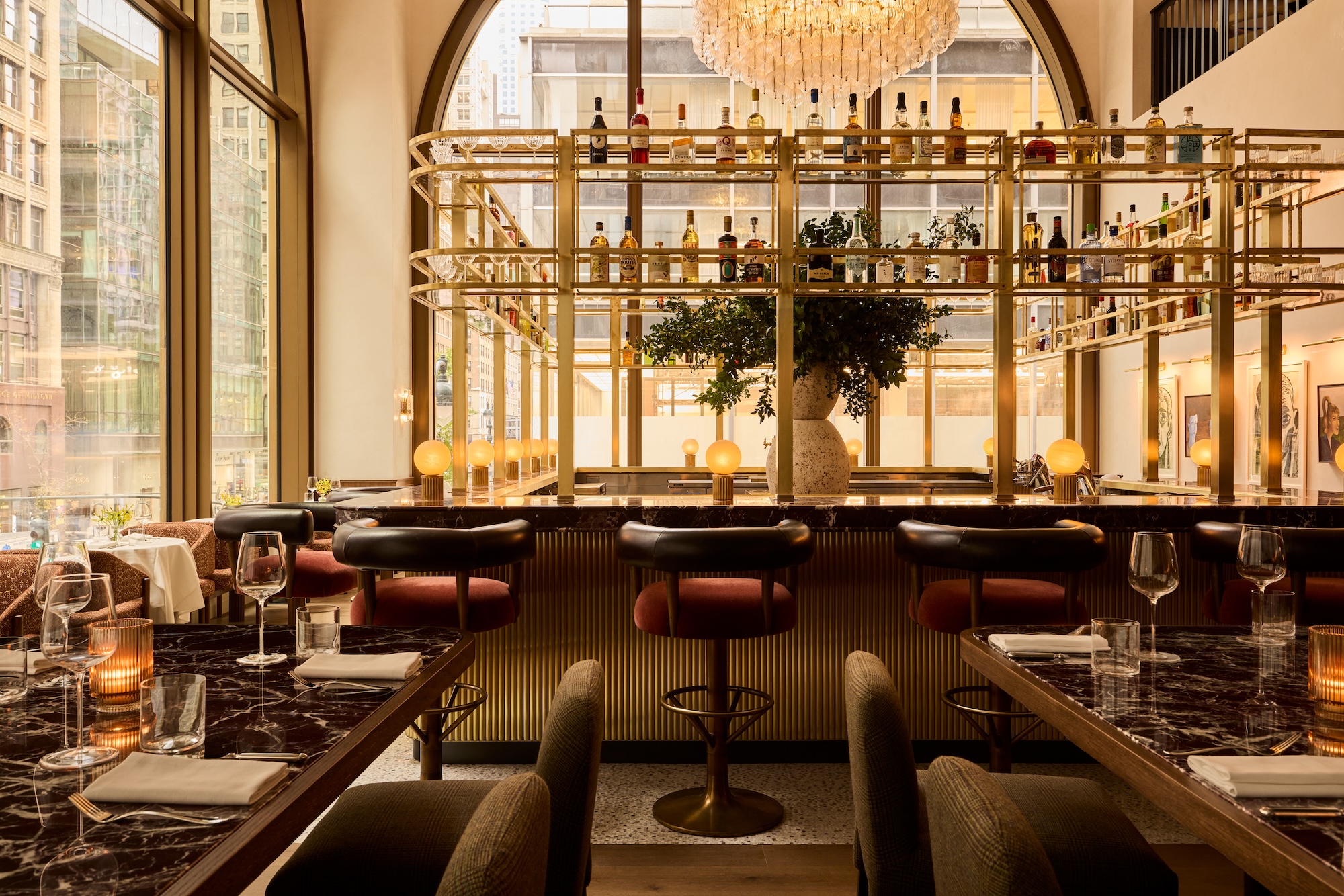 New York's members-only boom shows no sign of stopping – and it's about to get even more niche
New York's members-only boom shows no sign of stopping – and it's about to get even more nicheFrom bathing clubs to listening bars, gatekeeping is back in a big way. Here's what's driving the wave of exclusivity
-
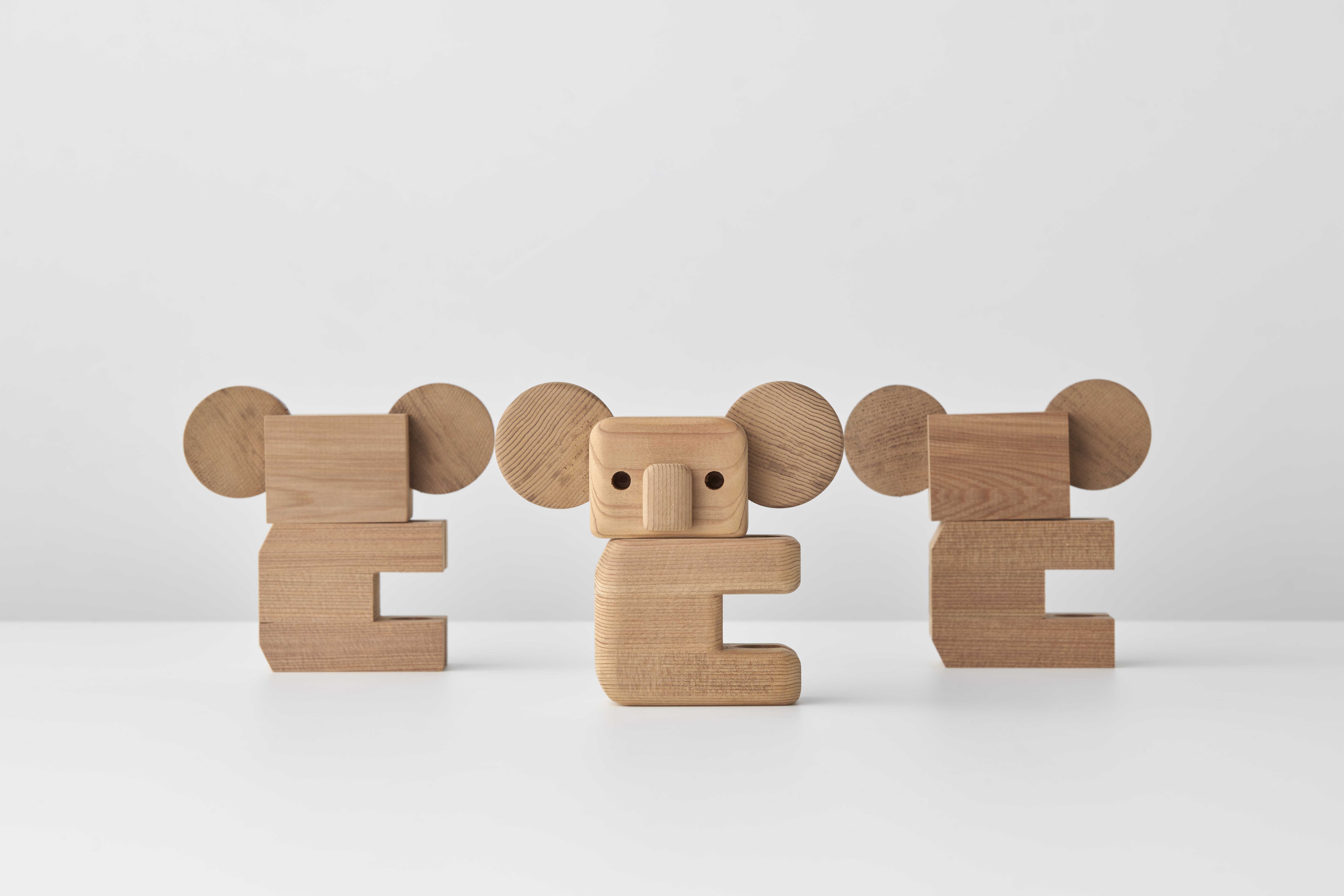 9 things to see at Melbourne Design Week 2023
9 things to see at Melbourne Design Week 2023Melbourne Design Week 2023 (18 – 28 May 2023) follows a theme of ‘Design The World You Want’
-
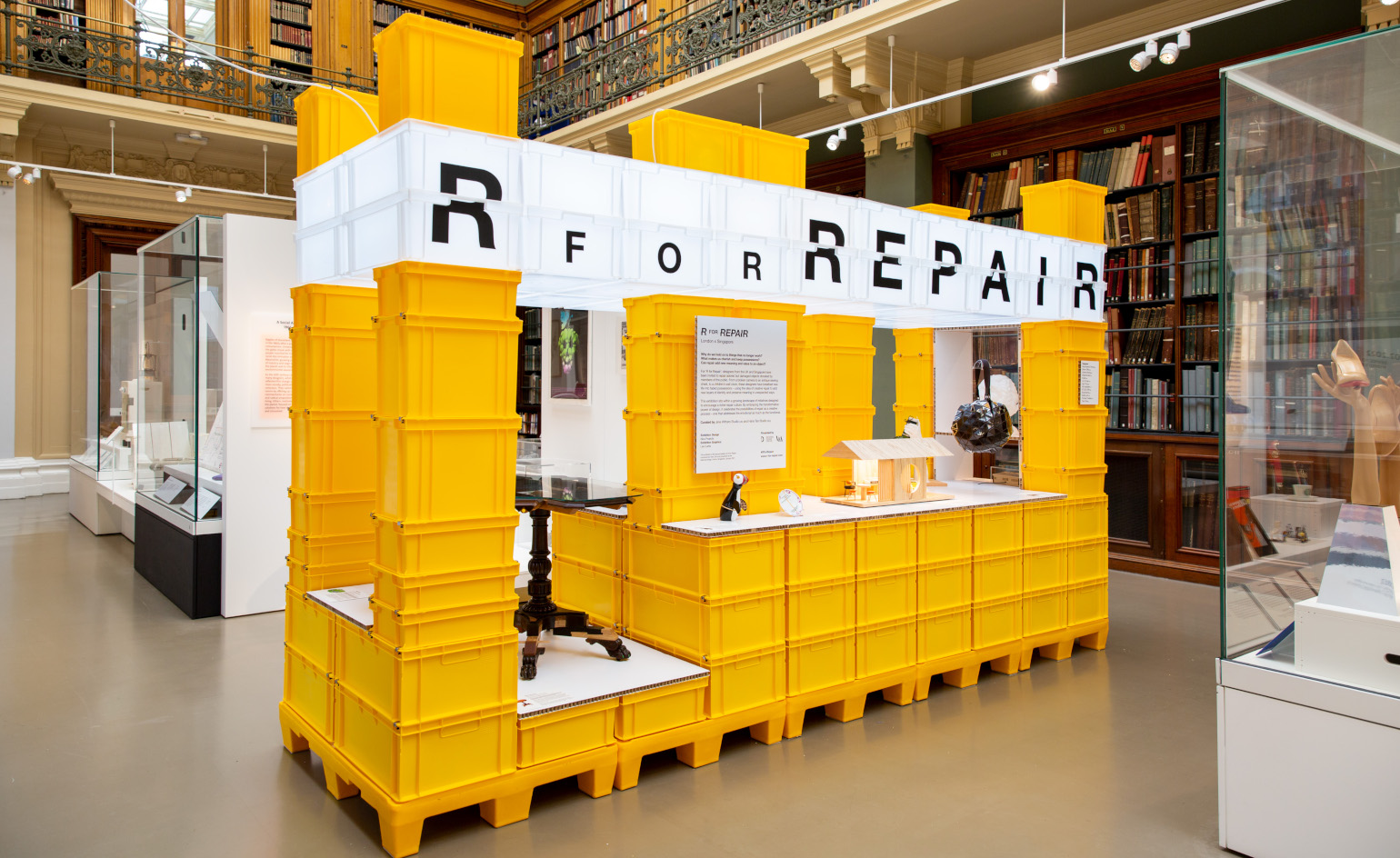 ‘R for Repair’ at London Design Festival displays broken objects, re-formed
‘R for Repair’ at London Design Festival displays broken objects, re-formedIn the second half of a two-part exhibition and as part of London Design Festival 2022, ‘R for Repair’ at the V&A displays broken objects, re-formed
-
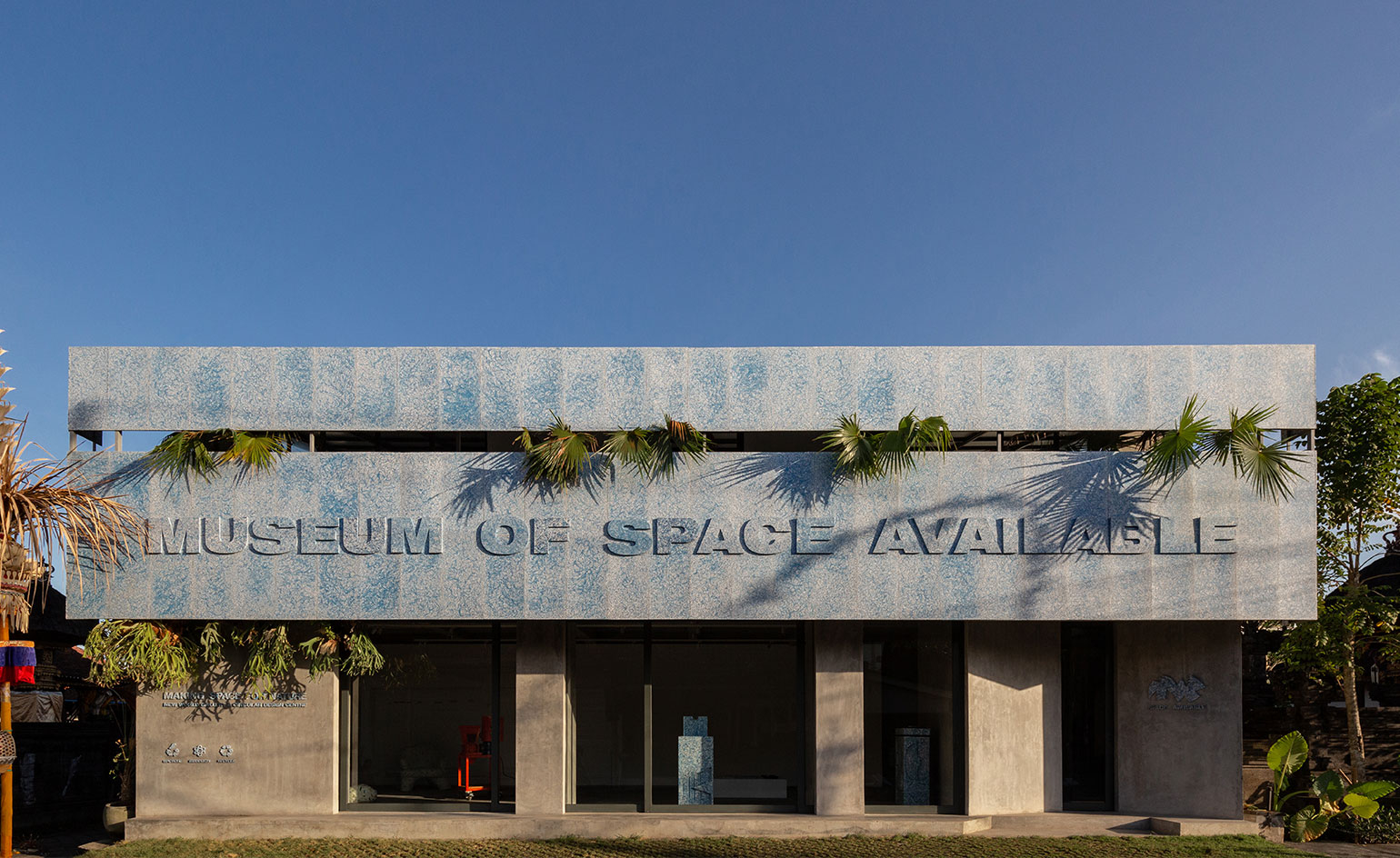 Inside Bali’s new Circular Design Workspace
Inside Bali’s new Circular Design WorkspaceAt Museum of Space Available in southern Bali, creative director Daniel Mitchell reimagines the possibilities of plastic waste
-
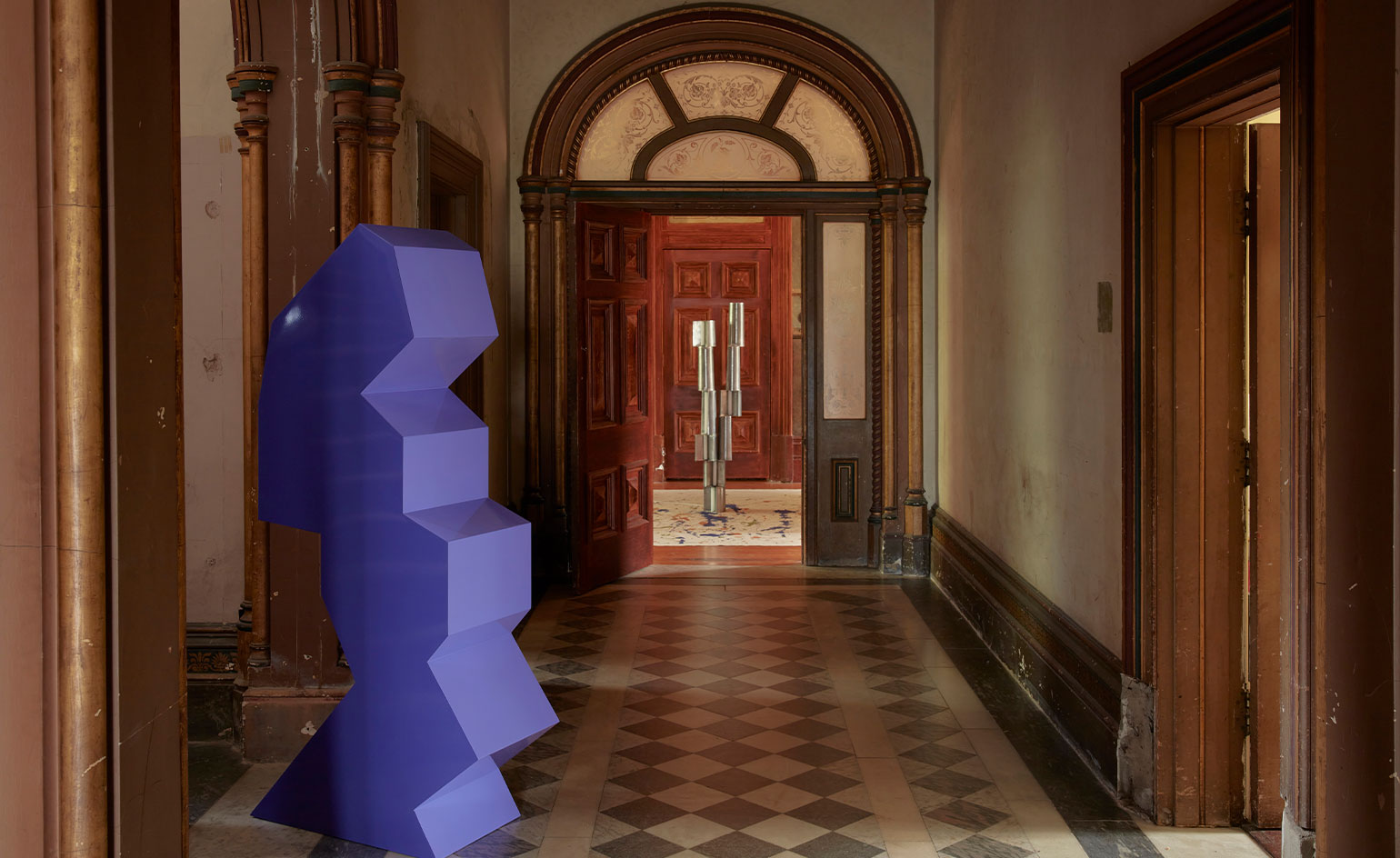 Discover Melbourne Design Week 2022
Discover Melbourne Design Week 2022Discover the best of Melbourne Design Week 2022, from thematic exhibitions to the first design fair in the city, to talks and events
-
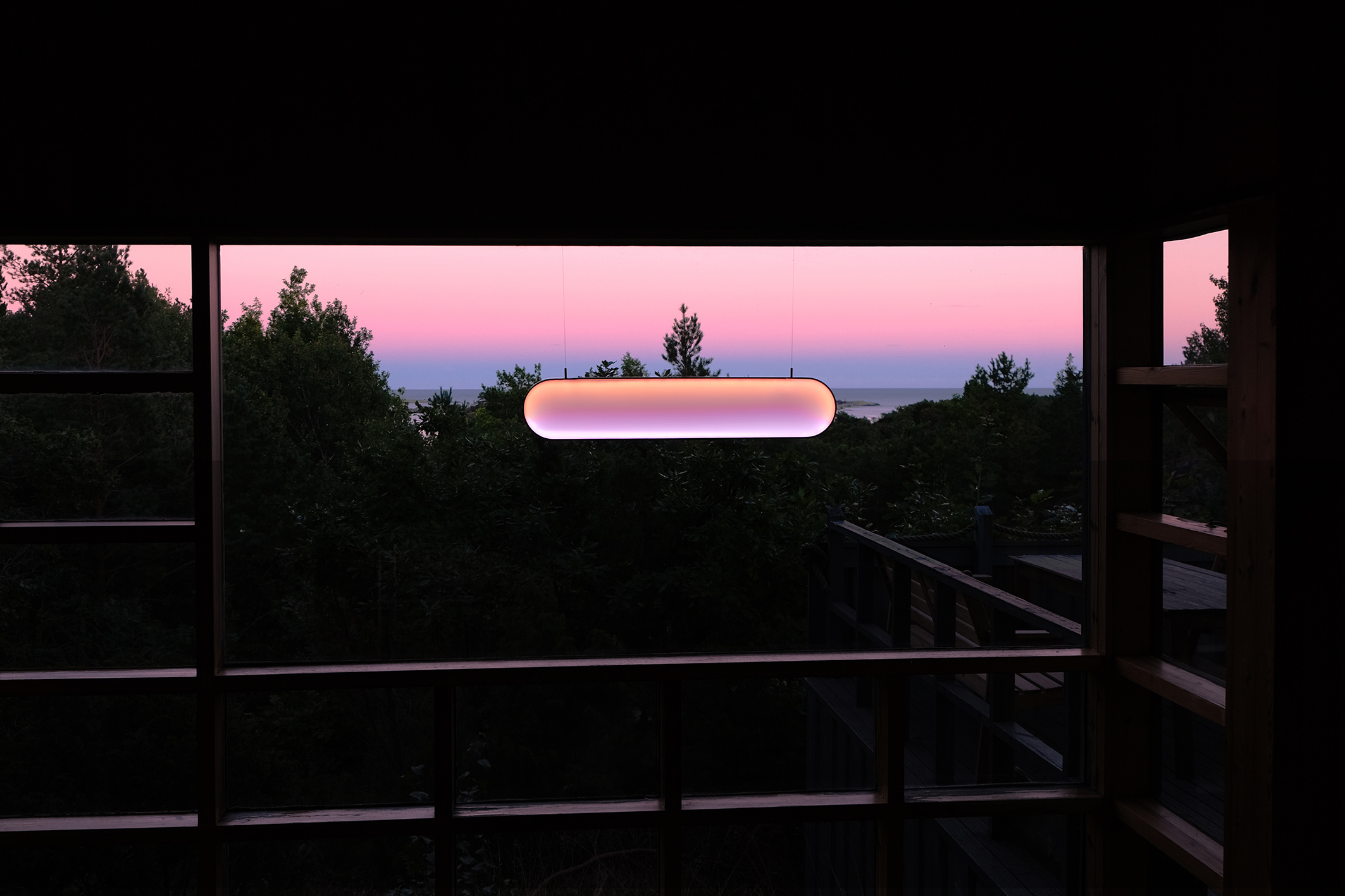 Solar light and modular cabin win Life-Enhancer of the Year: Wallpaper* Design Awards 2022
Solar light and modular cabin win Life-Enhancer of the Year: Wallpaper* Design Awards 2022Marjan van Aubel's ‘Sunne’ solar light and the Space of Mind cabin, by Studio Puisto, Made by Choice and Protos Demos, are the joint winners of this year's Life-Enhancer category
-
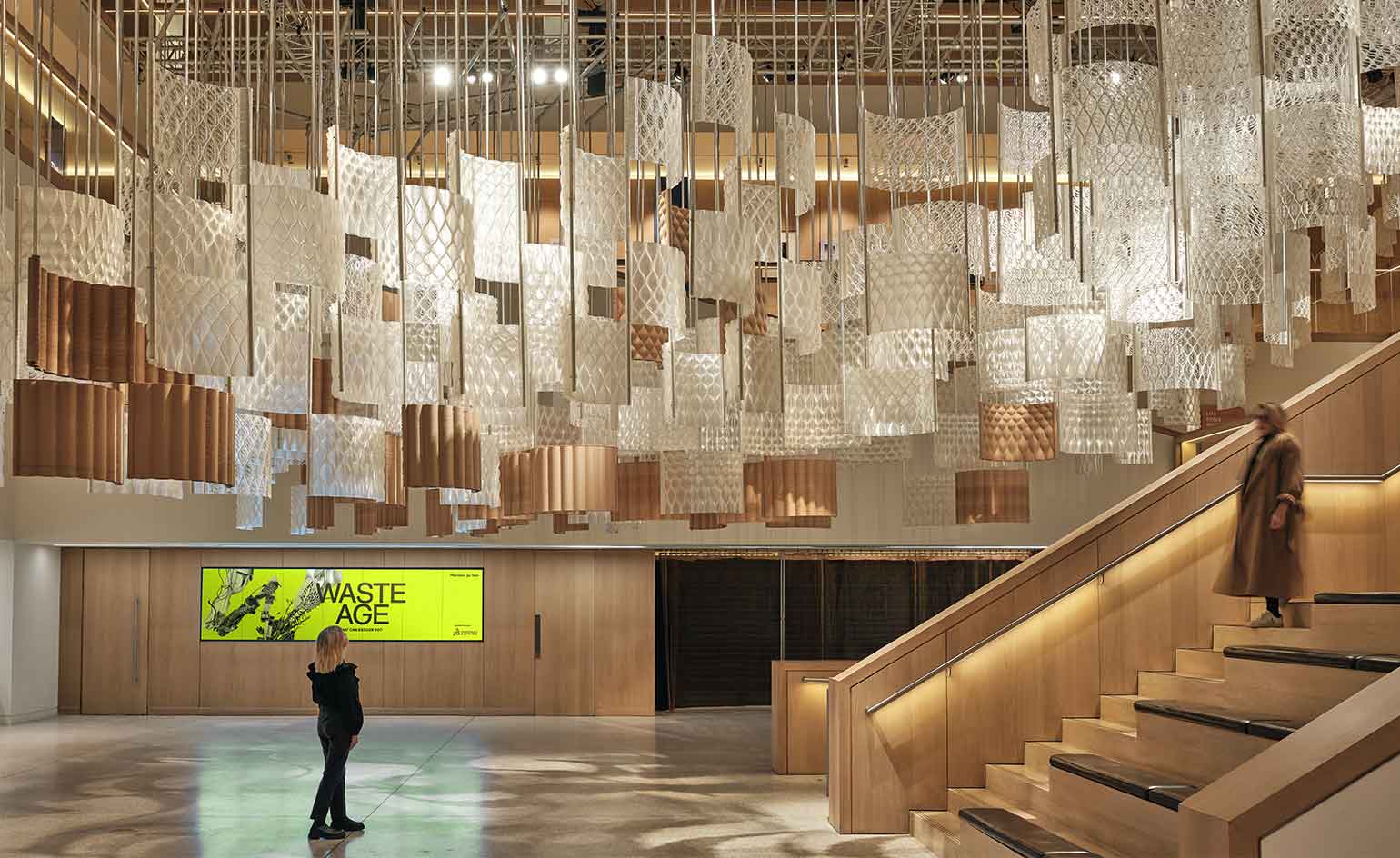 Design Museum exhibition puts waste front and centre
Design Museum exhibition puts waste front and centre‘Waste Age: What Can Design Do?’ at the Design Museum, London (until 20 February 2022), presents design’s proposals and solutions to the issue of waste
-
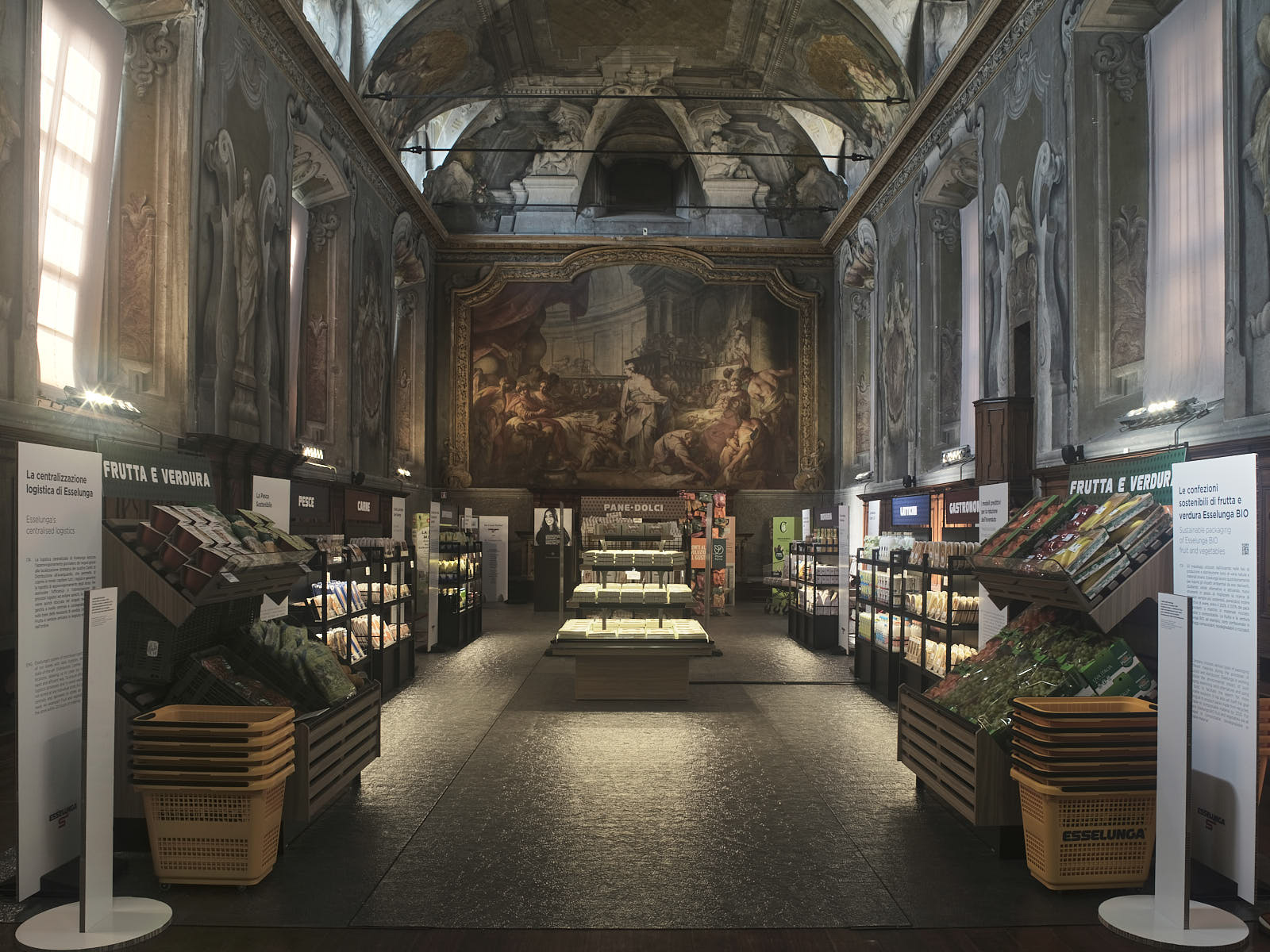 Rossana Orlandi presents Guiltless Plastic at Milan Design Week 2021
Rossana Orlandi presents Guiltless Plastic at Milan Design Week 2021Guiltless Plastic is Rossana Orlandi’s thrilling exploration of the material’s potential for recycling and upcycling in design
-
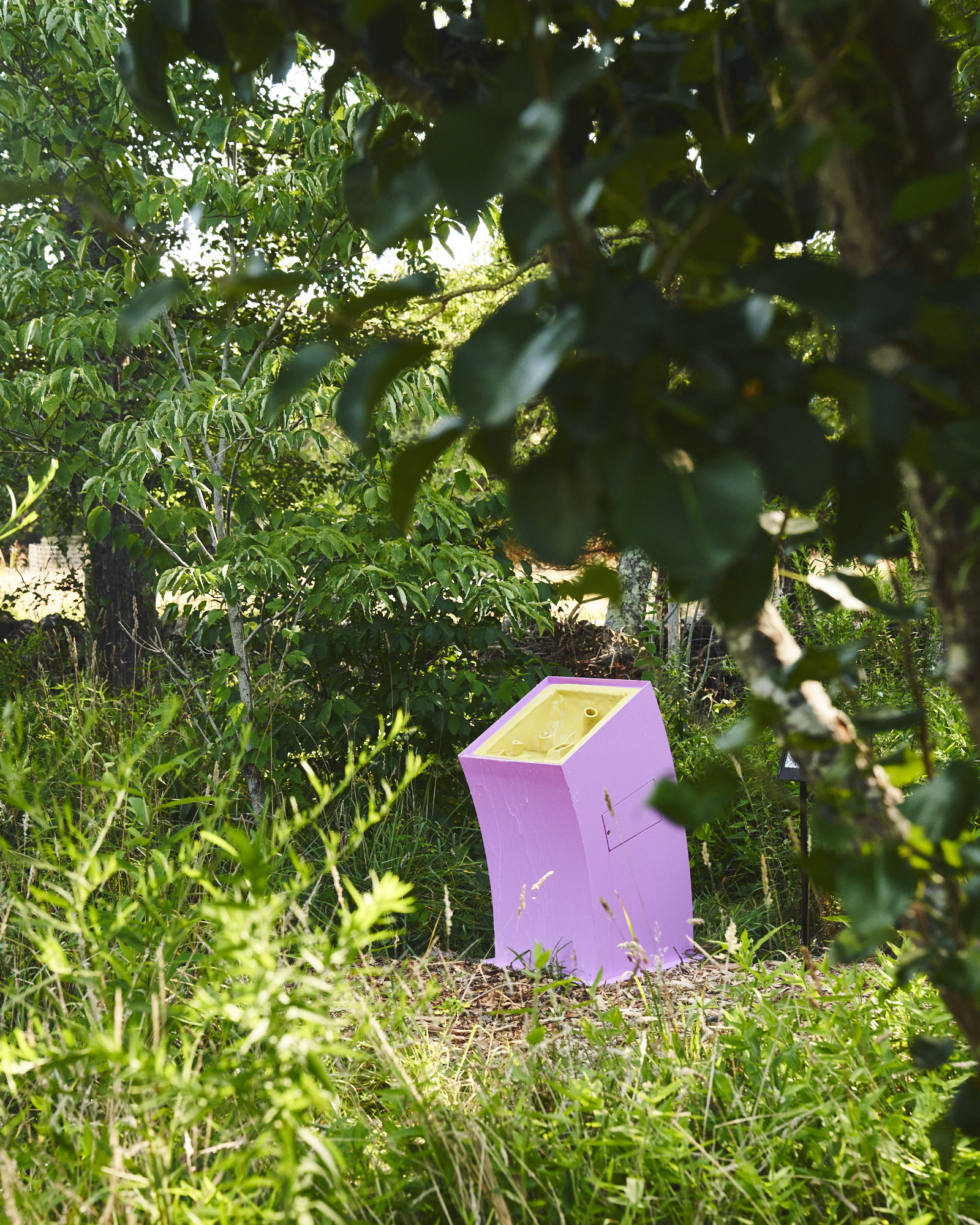 Bird baths and bee beaches invite nature to Marcel Breuer’s Marshouse
Bird baths and bee beaches invite nature to Marcel Breuer’s Marshouse‘For the Birds & Bees’ (until 18 September 2021) by design gallery R & Company and landscape designer Edwina von Gal aims to bring back wildlife to Marcel Breuer’s Marshouse, and increase awareness on the importance of birds and pollinators